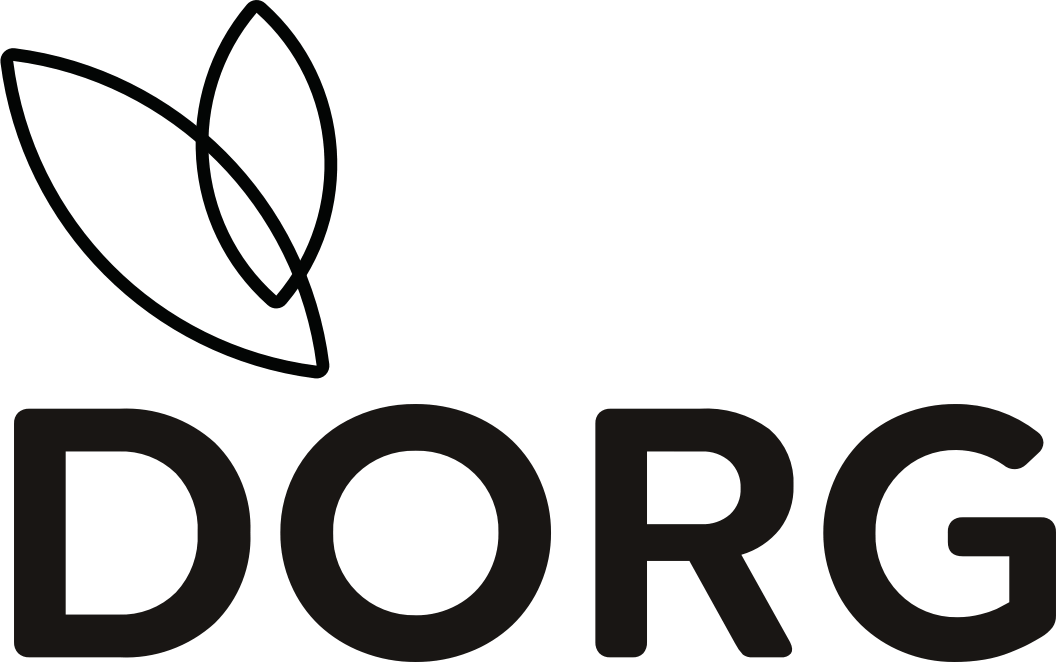Avere un piano keto è la chiave del successo della vostra dieta. Infatti, sapere quali cibi acquistare e quali evitare, preparare i pasti in anticipo, e seguire le linee guida keto vi aiuterà a raggiungere i vostri obiettivi e rimanere in chetosi. Ed ecco perché abbiamo preparato per voi un piano dieta chetogenica che vi permette di calcolare i vostri macro nutrienti e scoprire quali alimenti sono keto-friendly, cioè ammessi.
Pronti? Cominciamo!
Quale piano dieta keto seguire?
Quando si parla di piano keto, dobbiamo anzitutto premettere che i piani alimentari sono più di uno, a seconda degli obiettivi che state perseguendo. Ad esempio: perdere gli accumuli di grasso corporeo, migliorare le prestazioni mentali, o ancora abbassare la pressione o ridurre il rischio di diabete. L’approccio alla dieta sarà differente in base ai vostri obiettivi individuali.
Perdere grasso: piano keto standard
Il piano dieta keto standard è uno degli approcci più diffusi, e sicuramente il più raccomandato per chi sta appena cominciando, e che di solito si approccia alla dieta per perdere peso. Porta però anche ulteriori effetti benefici, per esempio sull’umore e sul livello di colesterolo.
Questa dieta prevede di limitare i carboidrati ai 50 grammi al giorno al massimo (30 per indurre la chetosi più in fretta, ma mai meno di 20), consumare una quantità moderata di proteine, e aumentare il consumo di grassi.
Migliorare le performante atletiche
Esiste un tipo di dieta keto che aiuta gli atleti ad aumentare le proprie performance sportive. Non è molto diverso dal piano standard, se non per il fatto che prevede di consumare i carboidrati 30 minuti prima di allenarsi.
La dieta keto ciclica è un’altra variante pensata per gli atleti, che prevede di aumentare il consumo di carboidrati a 100 grammi al giorno per due giorni alla settimana. Ideale per chi segue allenamenti ad alta intensità.
La keto high-protein
È ideale per chi fa sollevamento pesi almeno quattro volte a settimana, e sposta il consumo di proteine al 35%, mentre il consumo dei grassi arriva al 60% del consumo calorico totale. I carboidrati sono limitati, invece, al 5%.
Piano keto: calcolare i macronutrienti
Il calcolo dei macronutrienti è estremamente importante nella dieta chetogenica. Si tratta di fissare, ad esempio, i grassi al 70% del proprio apporto complessivo di calorie, i carboidrati intorno al 10% e le proteine intorno al 20%. Esistono dei calcolatori keto appositi, che vi aiutano a fare questo conteggio in base a diversi fattori come il vostro stile di vita e la vostra composizione corporea.
Pianificare i pasti
Una volta calcolata la proporzione dei macronutrienti, prendetevi un giorno di tempo e programmate il vostro piano keto per la settimana. In questo articolo vi offriremo un esempio di ricette e una lista di alimenti keto da cui potete trarre spunto.
Per prima cosa, considerate alcuni aspetti basilari: per quante persone cucinerete? Ci sono abbastanza avanzi in casa per il pasto del giorno dopo, come volete strutturare ogni giorno? Una volta che avrete fissato questi punti, è il momento di fare la lista della spesa.
Piano keto: cominciamo a cucinare! Il menù per 7 giorni

Qui sotto vi proponiamo un esempio di menù pensato per una persona che sta assumendo 1600 calorie al giorno. Potete attenervi pedissequamente alle indicazioni o spostare le ricette tra un giorno e l’altro. Considerate che questo piano prevede 25 grammi di carboidrati, 125 di grassi e 100 di proteine.
Giorno uno:
- Colazione: omelette con peperoni e salame
- Pranzo: pollo e cavolfiore
- Cena: polpette e spinaci
Giorno due:
- Colazione: pancake proteici con mirtilli
- Pranzo: insalata di tonno e lime
- Cena: polpettone con erbe e carne macinata
Giorno tre:
- Colazione: muffin alle uova
- Pranzo: tacchino al pomodoro
- Cena: cheeseburger al forno
Giorno quattro:
- Colazione: uova e avocado
- Pranzo: insalata di pollo
- Cena: bistecca con burro e spinaci
Giorno cinque:
- Colazione: avocado (mezzo frutto)
- Pranzo: pollo al parmigiano keto
- Cena: broccoli con formaggio
Giorno sei:
- Colazione: frullato di burro di mandorle e acai
- Pranzo: bistecca e spinaci
- Cena: pollo ai funghi
Giorno sette:
- Colazione: caffè
- Pranzo: pollo croccante
- Cena: lasagna a basso contenuto di carboidrati (ricetta keto)
Nota bene: a ciascuno di questi pasti potete aggiungere un dessert (ad esempio un budino proteico) e uno spuntino di metà mattina o metà pomeriggio da scegliere nella lista dei cibi consigliati (esempio: quadrati di parmigiano).
I migliori cibi keto divisi per categoria
Vediamo ora una lista di cibi keto divisi per categoria, all’interno dei quali potrete scegliere come comporre le vostre ricette.
Tra i grassi troviamo: olio d’oliva, di avocado e di cocco, burro grass fed o ghee (nei supermercati: burro chiarificato), avocado, rosso d’uovo, mandorle e burro di mandorle, semi, frutta secca, farina di cocco e di mandorle, pesci grassi come il tonno, il salmone e le sardine.
I grassi da evitare includono invece tutti gli altri oli vegetali come la soia o il girasole.
Analizziamo le proteine: troviamo anzitutto la carne rossa grass fed, cioè da allevamento all’aperto, e preferibilmente i tagli grassi. Poi la carne bianca, il maiale e le uova, ma anche pesce azzurro, ovini e interiora. Da evitare, invece, la carne processata come i salumi e i wurstel, perché tendono a contenere zucchero.
Ed è il momento dei vegetali. In questo caso bisogna stare attenti a consumare quelli a basso contenuto di carboidrati. In particolare cavolo, spinaci, broccoli e lattuga, ma anche cavolini di Bruxelles, asparagi, cetrioli, zucchine, funghi e cavolfiori. Da evitare invece carote, zucca e patate (in generale tutte le radici) a causa del loro alto contenuto in amidi e carboidrati.
E la frutta? La frutta in generale andrebbe evitata a causa del suo contenuto in zuccheri. Potete però consumare avocado e frutti rossi. Attenti, invece, alle banana e alla frutta disidratata.
Capitolo latticini: yogurt non deprivato di grassi, panna acida, formaggi stagionati e creme di formaggio sono tutti ammessi, mozzarella inclusa. Tutte incluse anche le spezie, mentre per i condimenti è meglio limitarsi a senape naturale e salsa di soia. Infine, per i dolcificanti cercate di limitarvi alla stevia e all’eritritolo.
Piano keto: gli integratori
La dieta keto non vi provocherà carenze nutrizionali, per cui in linea di massima non avrete bisogno di integratori. Potete però aiutarvi con supplementi di chetoni per entrare in chetosi più rapidamente. Di cosa si tratta? Dell’MCT – un grasso precursore della chetosi – e delle proteine di collagene.
Potete poi assumere integratori di micronutrienti, come le vitamine e i minerali, se avete il timore di non stare mangiando abbastanza verdura e frutta, o se avete esigenze specifiche. Alcuni integratori sono anche specificamente formulati per chi segue la keto, privi di zuccheri aggiunti.
Insomma, e adesso? Beh: buon inizio della vostra dieta!




